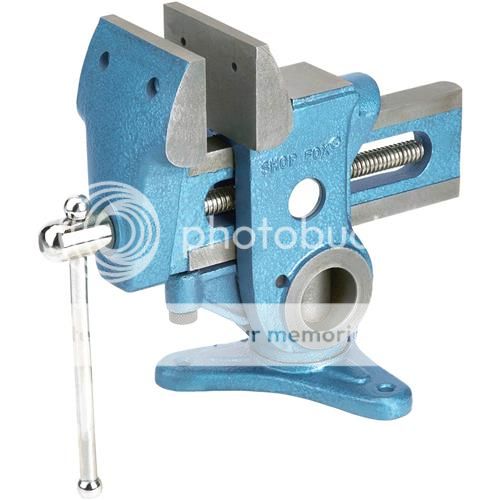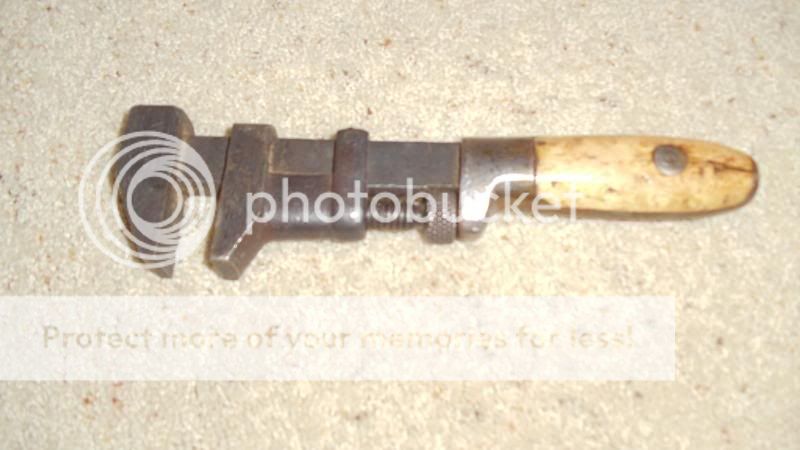stratamania
Mythical Status
- Messages
- 11,035
I had planned on using threaded inserts and machine screws for attaching the neck on the guitar I am currently doing. But am falling back to traditional neck screws to "bolt" the neck on.
However my neighbours drill press wasn't up to the job of accurate enough holes and so on. I experimented on an old Squier Tele neck so nothing was at stake.
Even though the inserts were stainless steel and supposed to self thread the maple on this old Squier neck was tough and showing no quarter. Perhaps a tap for the outer threads of the insert would help.
I then came across a video linked here. http://youtu.be/gEBNd8FzJyA
It's too late for the neck I am going to be using but I thought why not tap the neck mounting screws directly for a machine screw rather than the insert as it probably is more durable than a wood screw and eliminates the need for an insert.
Has anyone tried this ?
However my neighbours drill press wasn't up to the job of accurate enough holes and so on. I experimented on an old Squier Tele neck so nothing was at stake.
Even though the inserts were stainless steel and supposed to self thread the maple on this old Squier neck was tough and showing no quarter. Perhaps a tap for the outer threads of the insert would help.
I then came across a video linked here. http://youtu.be/gEBNd8FzJyA
It's too late for the neck I am going to be using but I thought why not tap the neck mounting screws directly for a machine screw rather than the insert as it probably is more durable than a wood screw and eliminates the need for an insert.
Has anyone tried this ?




